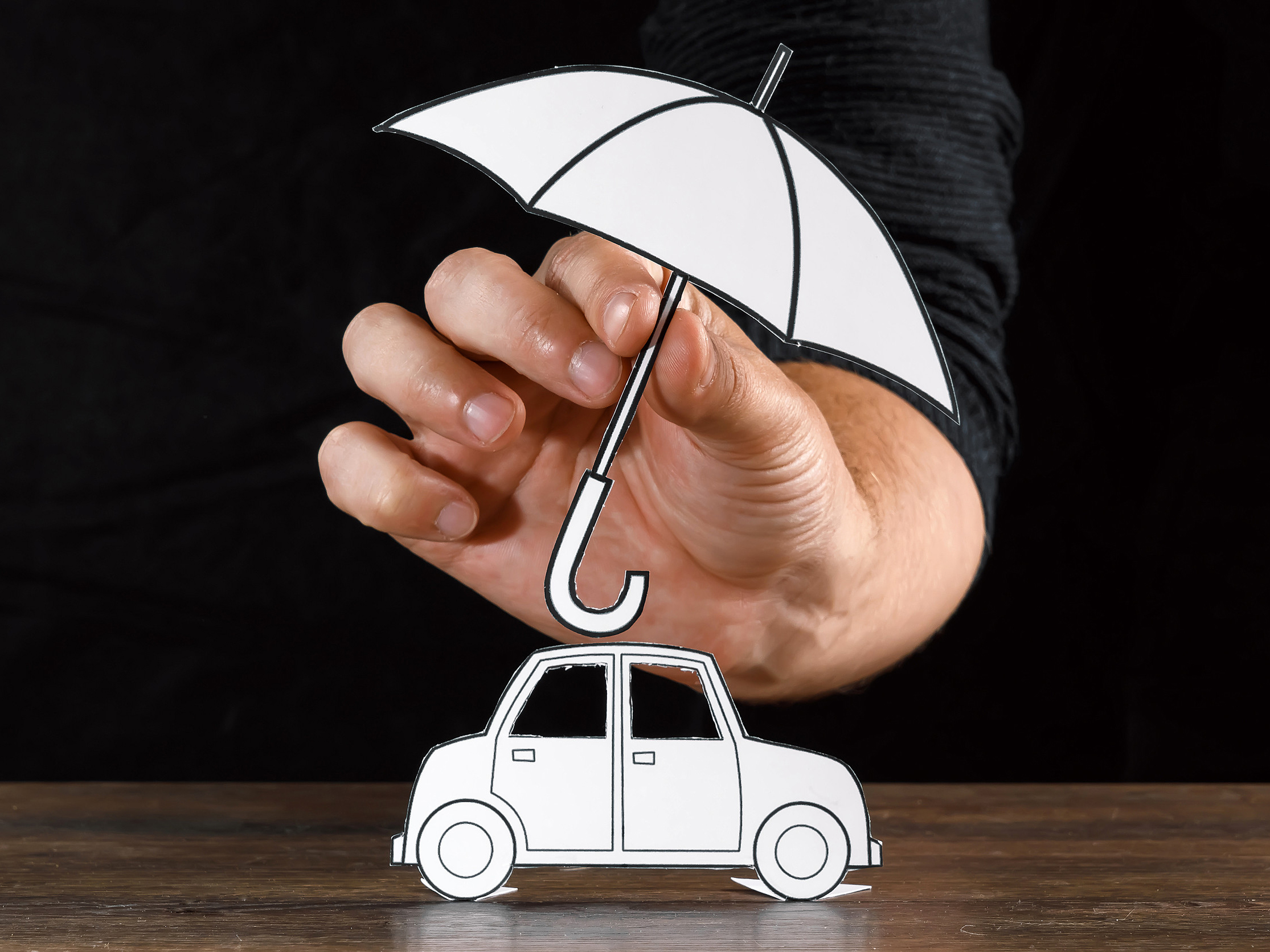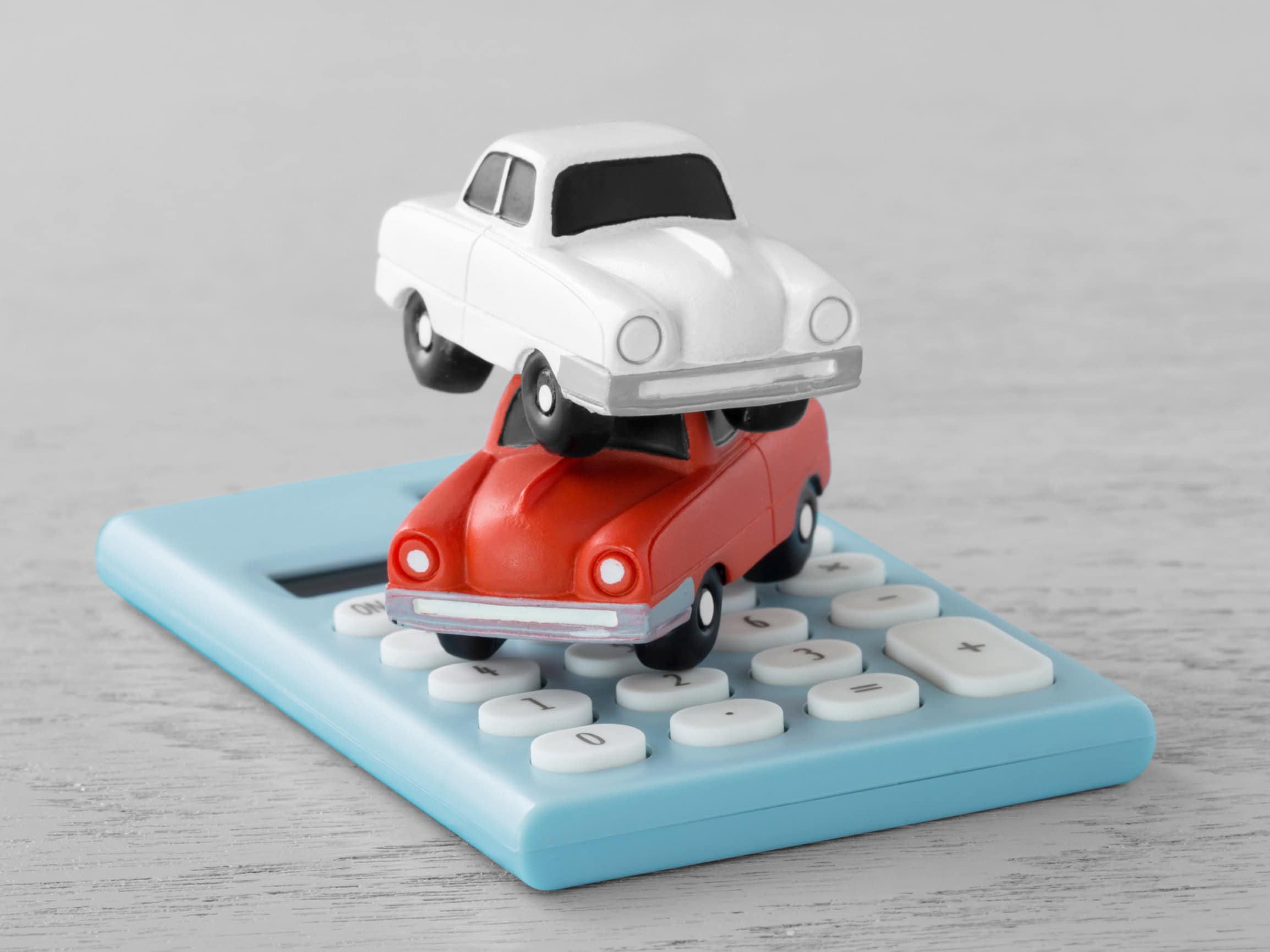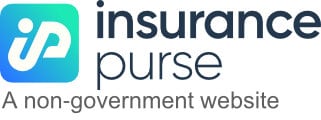Navigating the world of auto insurance can feel overwhelming, especially with all the jargon and fine print involved. Whether you’re a first-time car owner or just looking to refresh your knowledge, understanding your auto insurance policy is essential. Knowing what your policy covers, what terms like liability, collision, and comprehensive mean, and how to choose the right options can save you money and prevent surprises down the road.
Breaking Down the Basics: Liability Coverage
Liability coverage is a fundamental part of understanding your auto insurance policy. This type of insurance is often required by law and covers damages or injuries you cause to others in an accident. Liability insurance has two key components: bodily injury liability and property damage liability.
- Bodily Injury Liability: This covers medical expenses, lost wages, and legal fees if you’re at fault in an accident that injures another person. It’s important to choose adequate limits, as medical costs can quickly add up.
- Property Damage Liability: This pays for repairs or replacements if you damage someone else’s property, such as their car, fence, or building. Again, opting for higher limits can provide better financial protection.
Evaluate your financial situation when considering liability coverage. While the minimum required coverage may suffice in some cases, it might leave you exposed to significant out-of-pocket expenses if an accident results in high medical or repair costs. This is why understanding your auto insurance policy and the coverage it offers is so crucial.
What Is Collision Coverage?
Collision coverage is another important element in understanding your auto insurance policy. Unlike liability coverage, which protects others from damages you cause, collision coverage is about protecting your own vehicle. This type of insurance covers repair costs or replacement of your car if you collide with another vehicle or object, such as a tree or guardrail.
While collision coverage is optional in many states, lenders often require it if you’re leasing or financing your vehicle. Even if it’s not required, it can be a smart choice depending on the value of your car and your ability to cover repair costs out-of-pocket. However, be mindful of the deductible—the amount you’ll need to pay before your insurance kicks in. A higher deductible can lower your premium, but it also means you’ll pay more upfront if you need to file a claim.
Understanding Comprehensive Coverage
Comprehensive coverage is another key part of understanding your auto insurance policy. It protects your vehicle from non-collision-related damages, such as theft, vandalism, natural disasters, or hitting an animal. Essentially, comprehensive coverage is there to cover the unexpected events that aren’t related to a car accident.
Comprehensive coverage is usually optional unless a lender requires it. Deciding whether to add comprehensive coverage depends on factors like your car’s value, your budget for repairs or replacement, and your risk tolerance. For instance, if you live in an area prone to severe weather or high crime rates, comprehensive coverage could be well worth the investment.
Choosing the Right Coverage Levels
Selecting the appropriate coverage levels is a crucial part of understanding your auto insurance policy. It’s tempting to opt for the minimum coverage to save on premiums, but this can leave you underinsured in the event of a serious accident. Consider your assets, financial situation, and risk factors when deciding on coverage levels.
For example, if you have significant savings, a home, or other valuable assets, you might want to choose higher liability limits to protect yourself from potential lawsuits. Additionally, think about your car’s value and how much you’re willing to pay out-of-pocket if your vehicle is damaged or totaled. It’s all about balancing the cost of premiums with the level of protection you’re comfortable with.
Understanding Other Policy Features
Beyond the basic coverage types, understanding your auto insurance policy also involves knowing about other features and add-ons that can enhance your protection. Some common additional options include:
- Uninsured/Underinsured Motorist Coverage: This covers you if you’re in an accident with a driver who has little or no insurance. It’s particularly useful in areas where uninsured drivers are common.
- Personal Injury Protection (PIP): This coverage helps with medical expenses and lost wages regardless of who is at fault in an accident. It’s required in some states and optional in others.
- Roadside Assistance: This add-on can be a lifesaver if you’re ever stranded due to a flat tire, dead battery, or other common car troubles.
- Rental Reimbursement: If your car is in the shop after an accident, this coverage helps pay for a rental car, so you’re not left without transportation.
Conclusion
Navigating the complexities of understanding your auto insurance policy might seem daunting, but it’s vital to make informed decisions that protect both your vehicle and financial well-being. By understanding the different types of coverage available, assessing your needs, and selecting the appropriate levels of protection, you can confidently choose a policy that suits your situation. Remember, insurance isn’t just about meeting legal requirements; it’s about safeguarding your future.


















